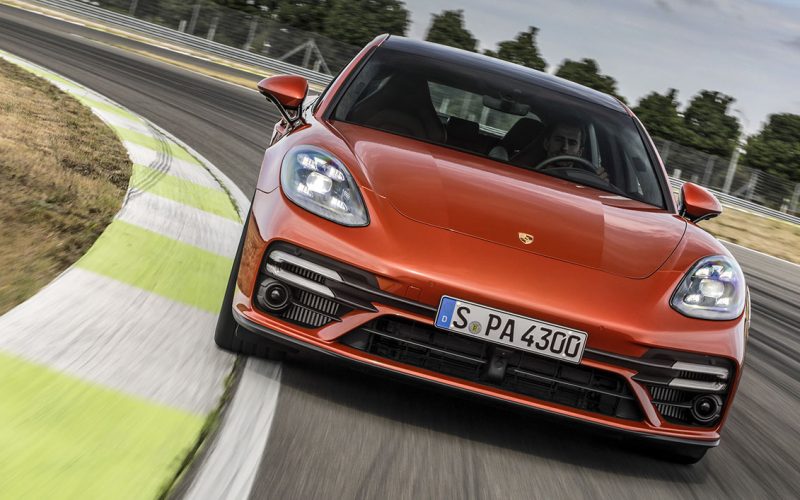
Reading Time: 7 minutesWhat’s the world’s best sport-luxury sedan? Many would point to Porsche’s Panamera on performance alone, despite

Reading Time: 7 minutesNow that the entirely new 2020 Palisade is garnering positive reviews and gaining plenty of new
© 2025 The Car Magazine. All Rights Reserved, Privacy Policy | Terms of Use